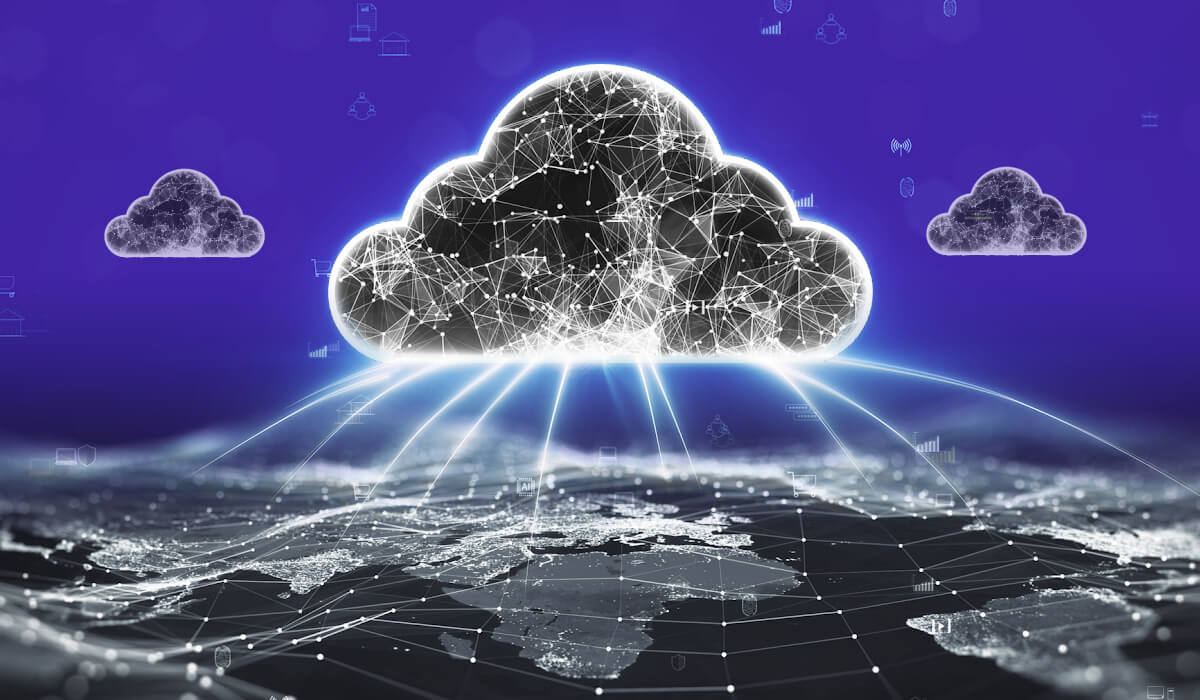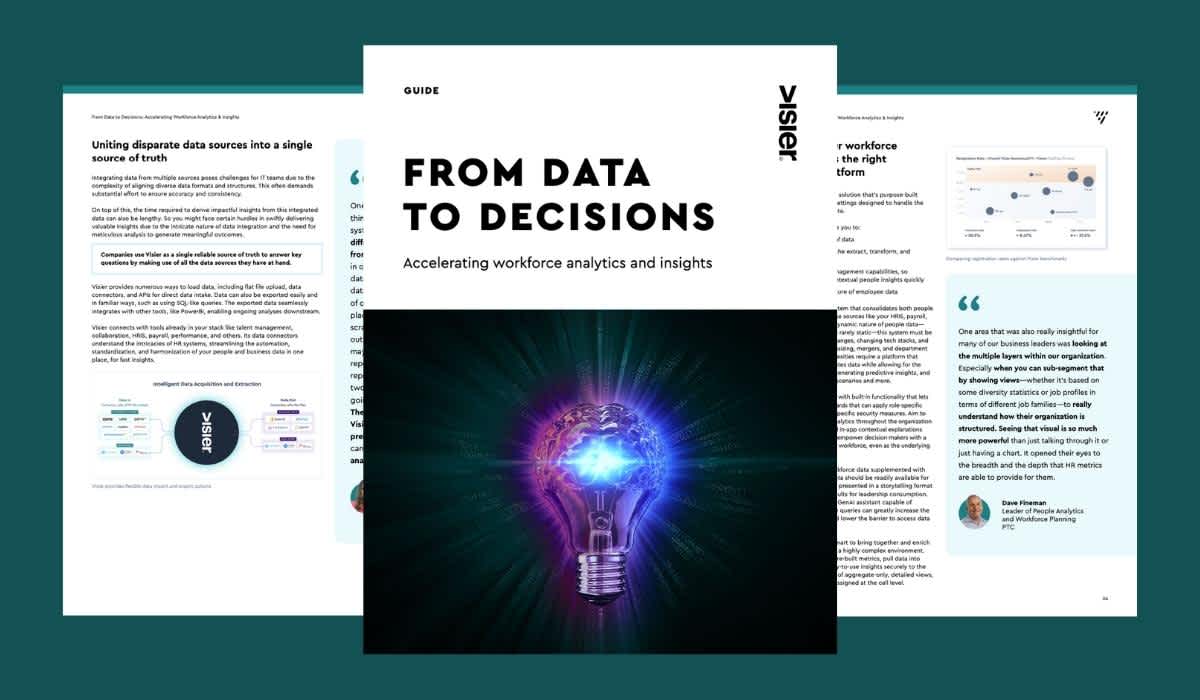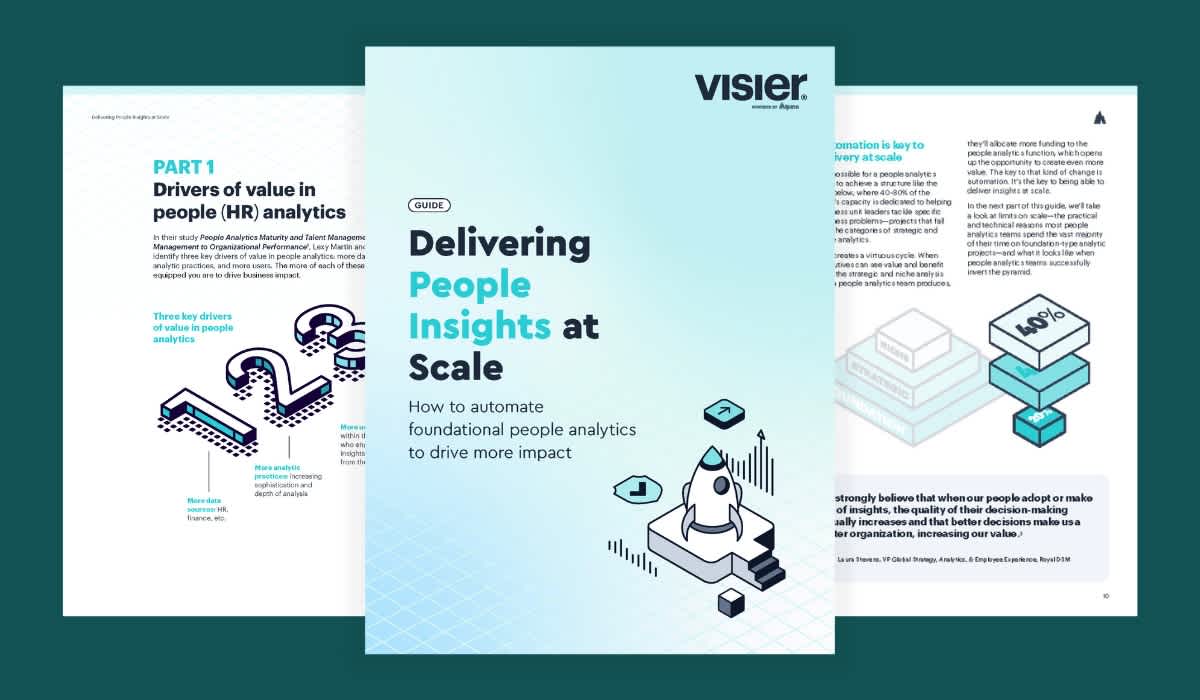Everything You Need To Know About HR Data Connectors
HR data connectors extract data from defined data sources to help you centralize important people data. Learn more about how to use them.

We are more reliant on data than ever. Until ten to 15 years ago, most businesses stored their data in-house. Now almost everyone uses cloud storage. While these new solutions have a lot of benefits, they also increase the amount of data companies have. Instead of being all in one place, data is now scattered across multiple silos, becoming increasingly difficult to handle. Data connectors can be a simple yet effective solution to this setback. Here’s everything you need to know about them.
What is a data connector?
A data connector is a software component that extracts data automatically from a defined source, facilitating the integration and transfer of data between systems or databases. They make data collection and analysis simpler by ensuring a seamless flow between sources and destinations.
Imagine you’re trying to use people analytics to better understand company trends, like turnover or productivity. You have data scattered across various databases. You need a quick way to find the most accurate and up-to-date information.
You soon realize this will be more challenging than expected. Not all data is up-to-date and integrating all the various sources won’t be easy. Plus, there are security concerns. Is everything encrypted? Are the transfers safe or are you at risk of a cyberattack?
A data connector solves all these issues. It makes data integration seamless regardless of how many sources and databases you’re working with. It regularly extracts data, so you can be sure the information is accurate and current. Plus, most connectors offer enhanced security measures, such as encryption, so hackers will have a hard time getting a hand on your data.
Benefits of data connectors
Data connectors make it easier to work with large amounts of data. They help with integration, security, and much more. Here are some of their key benefits.
Data accuracy. Automatic, periodic data transfers minimize the risk of data loss or entry errors.
Time saving. The automation data connectors come with means you’ll spend less time digging through thousands of data silos. You and your employees can focus on other tasks, ultimately increasing the efficiency of business processes.
Scalability. Connectors are easy to scale when data volumes and the complexity of integration need to grow. That’s what makes them perfect for small and large businesses alike.
Benefits of data connectors for HR
Data connectors are useful for every department in a company, and HR is no exception. If you're feeling overwhelmed by the amount of data required to use tools like a people analytics platform, data connectors could help.
Analytics. To use people analytics successfully, you’ll need varied, accurate, and up-to-date information. Data connectors assist HR professionals to collect and analyze this information. They help them gain valuable insights into the workforce and make data-driven decisions for the future.
Recruitment. The talent acquisition process can be challenging and resource-intensive. You can streamline the recruitment process by integrating data connectors with job boards, HR databases, or applicant tracking systems.
Succession planning. Creating a succession planning program requires a deep analysis of employee data. Connectors can help you collect information on employee performance, skills, career development, and more. This will show you potential leaders and assist you in selecting the best candidates for promotion.
Examples of data connectors
There’s no shortage of options when it comes to data connectors. Choosing the best ones for you will depend on your goals, your systems, and your data.
Let’s take a look at a few examples.
Relational database connectors. These are some of the most common connectors and are useful for any department in the company. In HR, for instance, they can help with HRIS data, which is often in relational databases.
REST API connectors. Using REST web services? These connectors are the go-to solution if you want to integrate web-based applications and data sources.
Customer relationship management (CRM) connectors. As you may have guessed by looking at the name, these connectors enable businesses to manage customer data and interactions. They’re more common in marketing and sales, but they can also make a great addition to HR teams, especially for the recruitment process.
Cloud storage connectors. It’s hard to find a business that doesn’t use the cloud. But despite all its benefits, cloud storage can make it hard to manage data. Data connectors can enable integration from various cloud storage platforms, making synchronization across systems a painless process. These are incredibly helpful for HR teams. Workforce data is often scattered across systems. Payroll information will be in one place, development, or performance in yet another. Cloud storage connectors will bridge these gaps, helping teams work with all the information they need at all times.

Types of HR data sources
HR data comes from various sources within the organization. Depending on your goals, you may also choose to use external data sources to understand industry benchmarks and trends. Here are some of the most common data sources HR teams will use.
HR information systems (HRIS). HRIS platforms are the central repositories of HR data. They contain information about employee performance, compensation, job history, skills, and more.
Payroll systems. This is where all the data regarding compensation lives, along with tax information and payment histories.
Recruitment and applicant tracking systems (ATS). All information about job openings, candidates, and their resumes, as well as the hiring process, is stored here. You may also find information relating to demographics, interview performance, and more. In short, everything you need to understand the talent acquisition process is in these sources.
Performance management systems. These systems contain information on performance reviews, employee feedback, development plans, and even goals. They’re essential for any company that wants to help employees grow and understand the why behind their performance levels.
Learning management systems (LMS). To have an engaged workforce, with motivated people, you need to give them plenty of opportunities to grow and learn new things. LMS platforms store data related to employee training, mentorship programs, skill assessments, and more.
Employee benefit systems. This is where data related to benefits such as health insurance, retirement plans, parental leave, and others are stored. Do not confuse it with the payroll system, as here there’s no data on the total compensation or taxes.
Third-party data sources. This covers external data sources related to industry benchmarks, labor market data, or demographics.
Visier’s HR data connectors
There’s a wide variety of HR data sources. So many that they can quickly become overwhelming. Visier’s data connectors help you bridge all these sources, no matter their location, number, or quality. They allow you to collect data at any frequency you choose, giving you more flexibility in your work.
For instance, one step in understanding your workforce is looking at the work history of individual employees, and their current position. Their education, skills, starting date, or job requisition are all critical data. But collecting all this information and analyzing it may prove challenging. Visier can seamlessly connect with Oracle, allowing you to collect all the data you need relating to your workforce.
If you want to focus strictly on your talent acquisition process, you may choose Visier’s Greenhouse data connector integration. This solution will help you focus on candidate and applicant data, or job requisitions. You can also track recruiter data, as well as offer and hiring statuses. Used alongside HR analytics, it can boost your recruitment process, helping you attract top performers.
Payroll and benefits data are critical to any company. You must keep track of compensation information, taxes, but also bonuses, and other benefits. Ceridian is a data connector that will integrate payroll and benefits with ease. The good news is, it doesn’t stop there. You can also use it to connect workforce management data, time reporting, and more to get a complete view of your people data.
On the Outsmart blog, we write about people analytics and HR technology topics like how bad data can’t stop good people analytics, the benefits of augmented analytics, and everything you need to know about HR data sources and HR data connectors. We also report on trending topics like artificial intelligence, using generative AI in HR, and how skills are rapidly evolving, and advise on people data best practices like how to ingest people data and business data, how to turn source data into insights, and reports vs. analytics. But if you really want to know the bread and butter of Visier, read our post about the benefits of people analytics.



